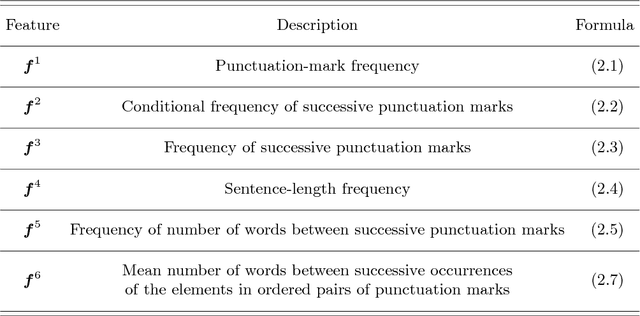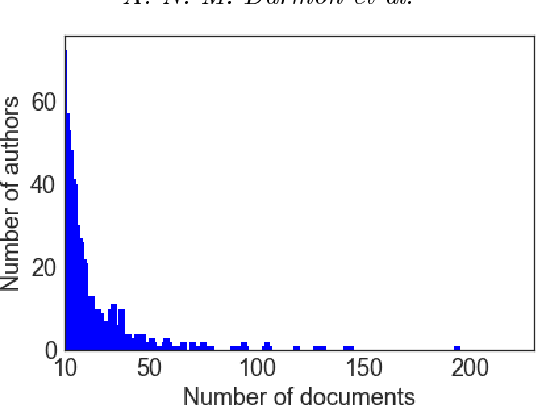Sam D. Howison
Edge Correlations in Multilayer Networks
Aug 11, 2019



Abstract:Many recent developments in network analysis have focused on multilayer networks, which one can use to encode time-dependent interactions, multiple types of interactions, and other complications that arise in complex systems. Like their monolayer counterparts, multilayer networks in applications often have mesoscale features, such as community structure. A prominent type of method for inferring such structures is the employment of multilayer stochastic block models (SBMs). A common (but inadequate) assumption of these models is the sampling of edges in different layers independently, conditioned on community labels of the nodes. In this paper, we relax this assumption of independence by incorporating edge correlations into an SBM-like model. We derive maximum-likelihood estimates of the key parameters of our model, and we propose a measure of layer correlation that reflects the similarity between connectivity patterns in different layers. Finally, we explain how to use correlated models for edge prediction in multilayer networks. By taking into account edge correlations, prediction accuracy improves both in synthetic networks and in a temporal network of shoppers who are connected to previously-purchased grocery products.
Pull out all the stops: Textual analysis via punctuation sequences
Dec 31, 2018



Abstract:Whether enjoying the lucid prose of a favorite author or slogging through some other writer's cumbersome, heavy-set prattle (full of parentheses, em-dashes, compound adjectives, and Oxford commas), readers will notice stylistic signatures not only in word choice and grammar, but also in punctuation itself. Indeed, visual sequences of punctuation from different authors produce marvelously different (and visually striking) sequences. Punctuation is a largely overlooked stylistic feature in "stylometry'', the quantitative analysis of written text. In this paper, we examine punctuation sequences in a corpus of literary documents and ask the following questions: Are the properties of such sequences a distinctive feature of different authors? Is it possible to distinguish literary genres based on their punctuation sequences? Do the punctuation styles of authors evolve over time? Are we on to something interesting in trying to do stylometry without words, or are we full of sound and fury (signifying nothing)?
 Add to Chrome
Add to Chrome Add to Firefox
Add to Firefox Add to Edge
Add to Edge